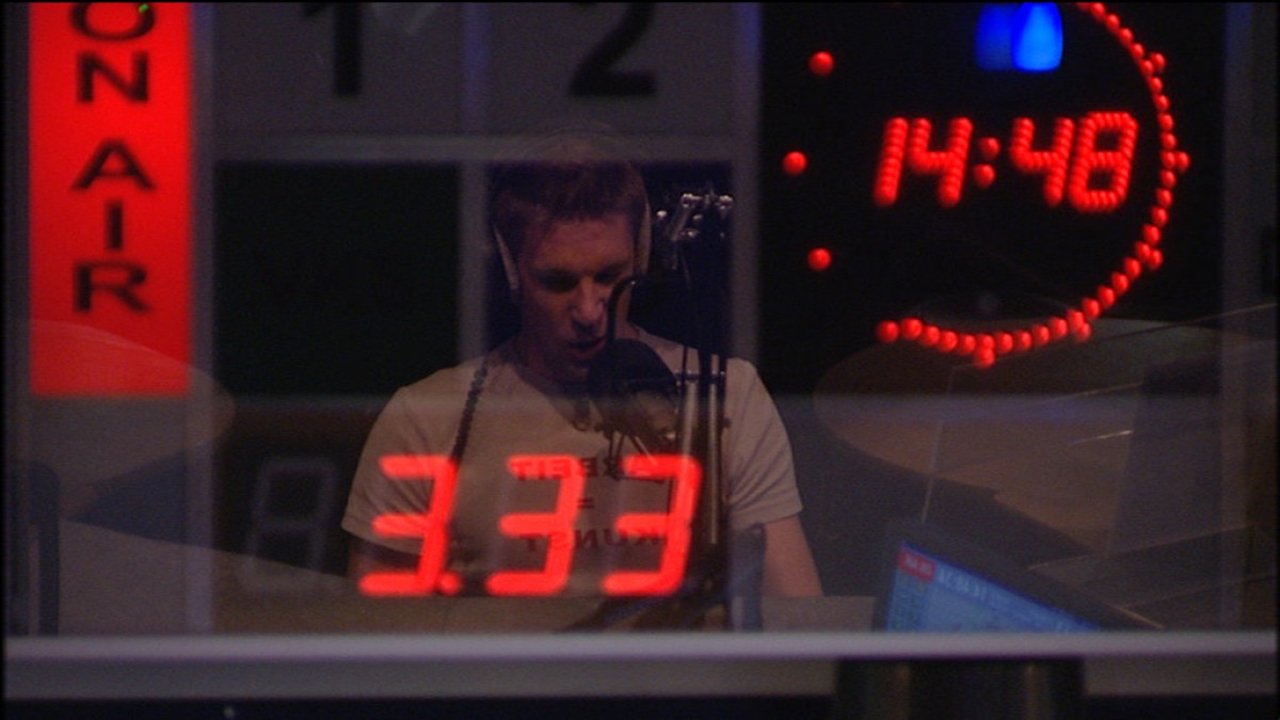
Good Morning Austria (2007)
A working day in Austria, 2004. Nine modern working-class heroes are engaged in their daily struggle of survival, accompanied, motivated and influenced by the country’s most popular radio station.

A working day in Austria, 2004. Nine modern working-class heroes are engaged in their daily struggle of survival, accompanied, motivated and influenced by the country’s most popular radio station.
Ignaz Wuzel and Gerhard Jeschko are regulars at the espresso in the Südtiroler Platz underground station. Warden Leopold Prinz knows the problems of the children from Karlsplatz. In 1993, Elizabeth T. Spira filmed people on the Vienna subway network. Above all, it is the desperate, the lost and the forgotten who find refuge and a home in and around the subway.
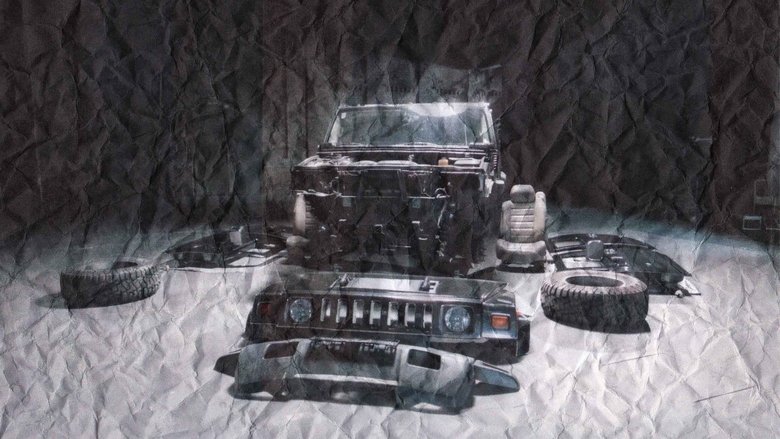
How a group of young men managed to take over the government and lead it to the brink of democracy. What drove the “Praetorians” and why almost the entire country was at their feet. Why the European public marveled and admired this.
There is a small town in Austria called Pinkafeld, which gained adverse publicity as a “Nazi village” during the presidential election of 2017, when a majority of its citizens voted for their famous neighbour, the right wing candidate Norbert Hofer. What do people really think in regard to their homeland, refugees and populism? The community shows a society in transition, a microcosm reflecting Europe’s zeitgeist.
FRANKREICH WIR KOMMEN is a highly enjoyable documentary, obviously intended for TV, but showing at film festivals. It shows us the highlights of the 1998 World Cup Championships in France through the eyes of several interesting and diverse fans of the Austrian national team. Entertaining, even for those not interested in football.
By combining actual footage with reenactments, this film offers both a documentary and fictional account of the life of Adolf Hitler, from his childhood in Vienna, through the rise of the Third Reich, to his final act of suicide in the waning days of WWII. The film also provides considerable, and often shocking, detail of the atrocities enacted by the Nazi regime under Hitler's command.
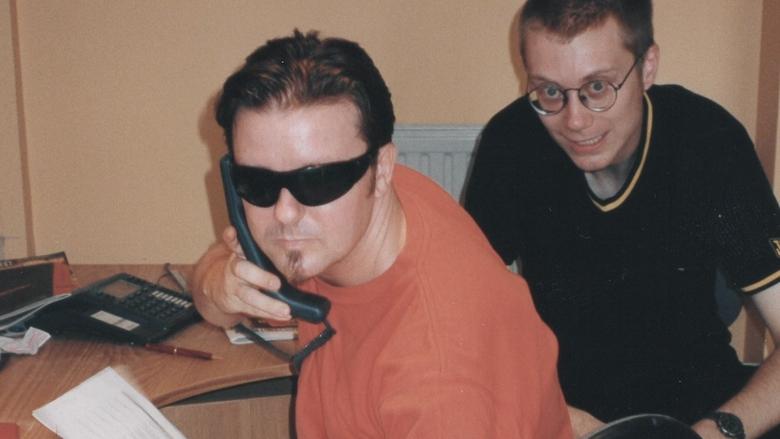
Titled after the first-ever song to play on their airwaves, Kick Out the Jams follows the development of XFM from its rebellious pirate radio roots in the early 90’s, through to its official FM radio launch in 1997 as a major platform for launching alternative talent into the mainstream. The doc deep-dives into the struggles and influence of the station which gave rise to the likes of Ricky Gervais and Stephen Merchant, whose global hits The Office and The Ricky Gervais Show were originally developed while working at the radio station.
In Baden-Baden, Nayo Titzin follows the producers of the opera Don Giovanni, created for the Innsbruck Festival of 2006. He is looking for a musical truth... What if Mozart's masterwork Don Giovanni had been interpreted in a wrong way for more than two centuries? Conductor René Jacobs, famous for his performance of Così fan tutte and laureate of a Grammy Award for his innovative recording of The Marriage of Figaro, comes back with new ideas on the comprehension of one of the greatest operas of all times. In this relevant documentary, Nayo Titzin clarifies and highlights all the brightness of those melodies and recitatives. Rewarded with many praises in the international press, this production shows the dramaturgical perfection of the "opera of the operas," the absolute of the genre, as Wagner once said. Once more, the Bulgarian director offers a fun and subtle report, and makes sure that everyone will understand this myth.
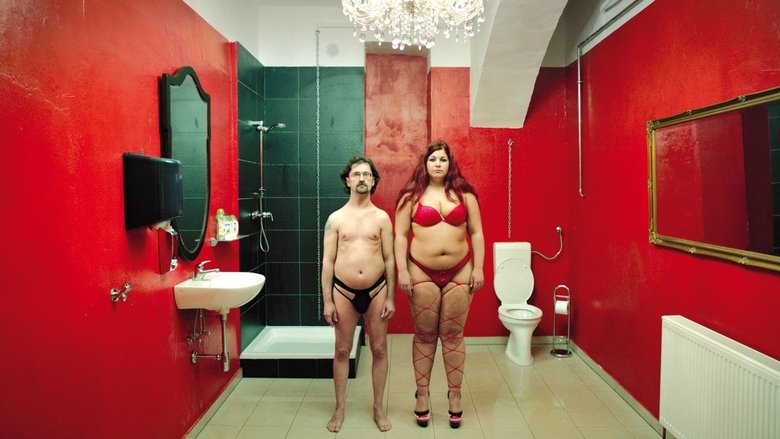
Filmmaker Ulrich Seidl explores of the dark underside of the human psyche by entering Austrian basements fitted out as private domains for secrets and fetishes.
In the small town of Rechnitz a terrible crime against humanity was performed during the holocaust. Until now, no-one dares to talk about it.
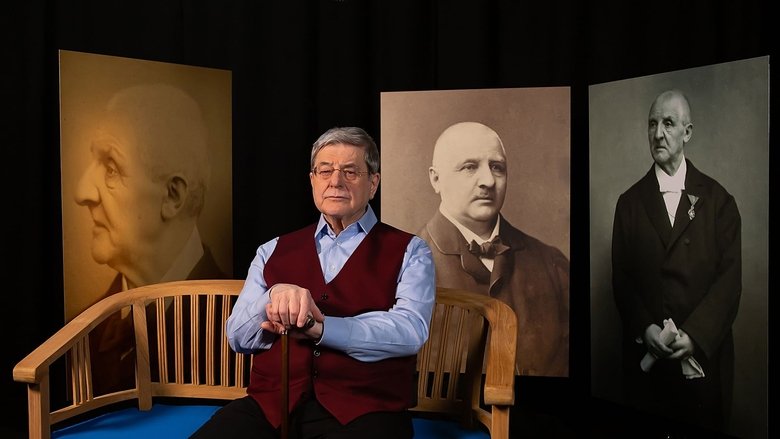
Musical compilation of live performances by French hip-hop artists.
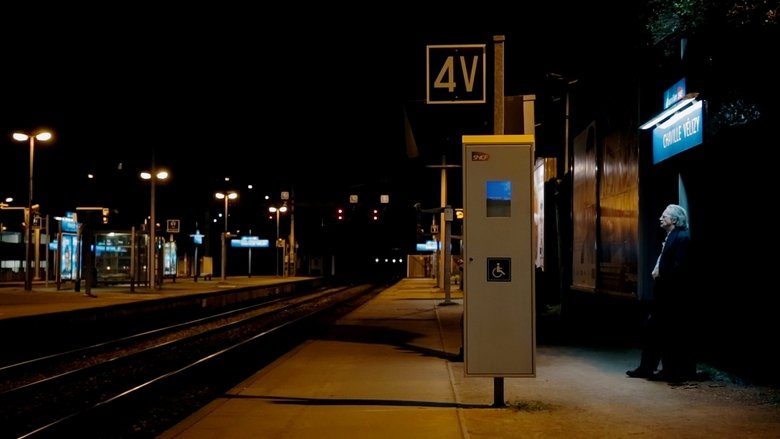
In the sixties, Peter Handke was one of the first to show how the business works: the writer as angry young man and pop star of the literary scene. As soon as he was on the bestseller lists, he turned his back on the hype. For many years, he has lived and worked in his house in a Parisian suburb, more quietly and more hospitably. Peter Handke's precise, free gaze becomes perceptible in his texts, his conversations, the cosmos of his notebooks.
Built out of “a pile of radio junk,” Bethesda, Maryland’s WHFS was a music fan’s dream of a radio station: the place on the dial to hear music listeners loved and new tunes they soon would, all with an anything-goes mentality and an ear for the sounds of social change. This doc pays loving tribute to free-form radio and WHFS’s influence over FM stations across the US from the 1960s to the 1980s. All good things come to an end, and so did the disc-jockey-driven format that WHFS pioneered and made successful, but its legacy lives on. The station’s DJs relate its history with passion in this film that captures the tenor of an era, abetted by reminiscences of performers including Emmylou Harris, Taj Mahal, Jesse Colin Young, and others whose music found its way to ears and minds eager for something more than the same old Top 40 programming.
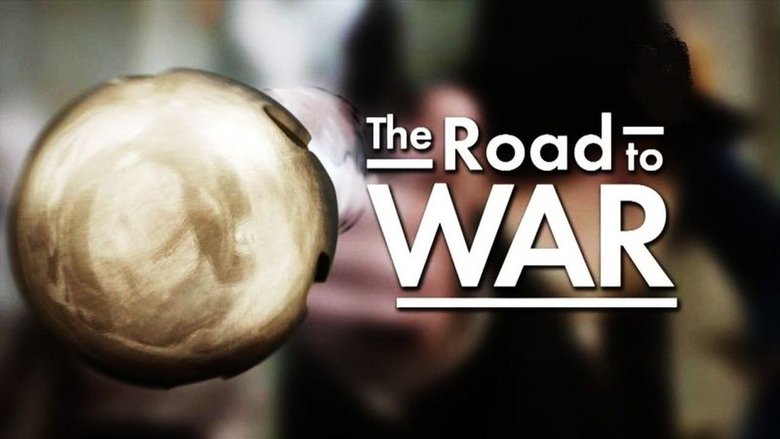
"The Road to War" uses elaborate and fascinating computer-generated recreations and archives never seen before to examine how the assassination of Archduke Franz Ferdinand in 1914 was used by the Austro-Hungarian Empire to start a war against Serbia. The film investigates how this regional conflict involving the Central Powers and the Triple Entente escalated to become "World War I", a war with more than 17 million dead and More than 20 million injured.
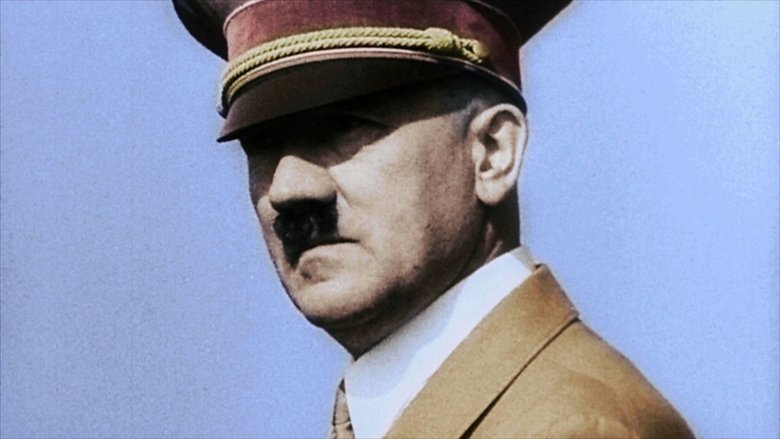
How Germany was when its people entered the nightmare of World War II? Despair and fear lead a hungry population to follow the chilling call of just one man to world domination. A real-life horror story, an ominous tale of violence and deception, which takes place from 1919 to 1934. (Entirely made up of restored, colorized archival footage.)
The Habsburg Dynasty had ruled large parts of Europe and the world for 650 years. During World War I, however, the mighty Austro-Hungarian Empire sowed the seeds of its own demise. At the height of World War I, the world of the Habsburgs was on the brink of collapse. Almost exactly 100 years ago to the day, in April 1918, the most sensitive diplomatic mission of the First World War became a Europe-wide scandal: the so-called "Sixtus Affair". Secret negotiations between the Austrian imperial family and France were supposed to bring peace to the Danube monarchy – and their failure caused the war to escalate and the Habsburgs to fall.
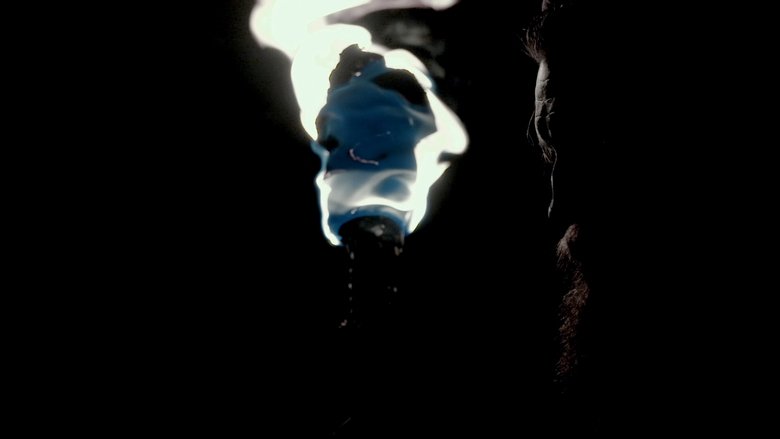
Shadows of Light combines the loud and soft tones of life. The centerpiece is an Austrian mountain pasture where the summer solstice is celebrated with international artists and where tradition and zeitgeist are not contradictory.
A Kellergasse – the cellar lane – is one of the distinguishing cultural and physical features of the winegrowing region Niederösterreich – Lower Austria. There are more than a thousand of them. Until recently, wine was not only stored in the Kellergasse, but pressed and fermented there as well. Today, the Kellergassen have less to do with occupation and more with recreation. A documentary by Georg Riha follows a year in the life of this valuable cultural legacy.
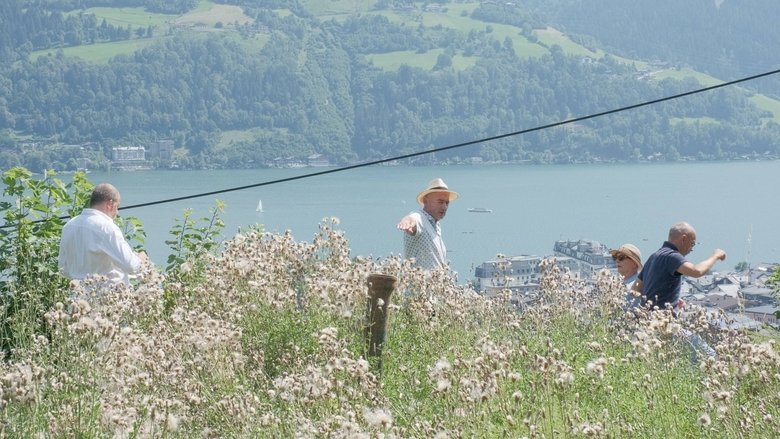
An international tech entrepreneur with a fondness for architecture asks Rem Koolhaas to build a house on an impossibly small piece of mountainside in Zell am See in Austria. The architect of the celebrated book S,M,L,XL seizes the challenge: how to draw light into a house less than four metres wide that is mostly underground? Photographer and filmmaker Frans Parthesius followed the building process and offers insight into Koolhaas’s way of working and the special relationship with his client.
An observational documentary which looks at Sydney’s first community Aboriginal radio station, 88.9 Radio Redfern. Set against a backdrop of contemporary Aboriginal music, 88.9 Radio Redfern offers a special and rare exploration of the people, attitudes and philosophies behind the lead up to a different type of celebration of Australia’s Bicentennial Year. Throughout 1988, 88.9 Radio Redfern became an important focal point for communication and solidarity within the Aboriginal community. The film reveals how urban blacks are adapting social structures such as the mass media to serve their needs.